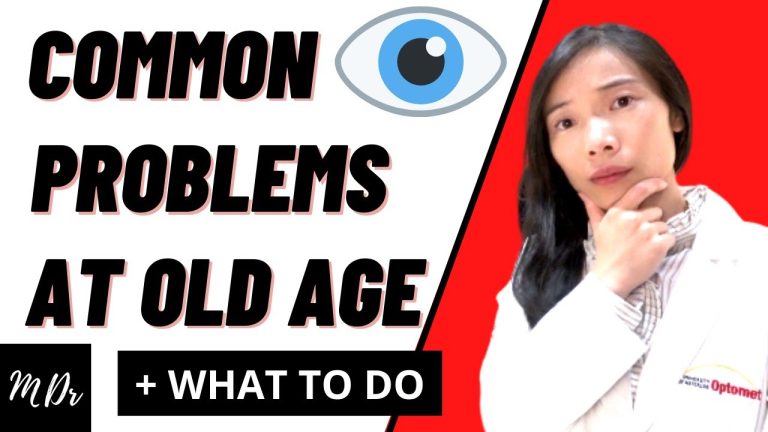How to Correct Strabismus with Optical & Vision Care Products
Strabismus, commonly known as cross-eyed or squint, is a visual defect that occurs when both eyes do not look at the same point at the same time. This leads to misalignment of the eyes, which affects depth perception and eye coordination. Strabismus can occur in both children and adults and can lead to social awkwardness, self-consciousness, and difficulty in reading, writing, and driving. Early diagnosis and treatment of strabismus is essential to prevent further eye problems.
Strabismus can be caused by several factors including a genetic predisposition, poor eye muscle control, injury, or neurological problems. It can also develop as a result of refractive errors such as nearsightedness or farsightedness, or due to eye diseases such as cataracts or lazy eye. Treatment options for strabismus include eyeglasses, eye muscle exercises, surgery, and patching of the unaffected eye to strengthen the muscles of the affected eye.
The Different Types of Strabismus
There are different types of strabismus, with some being more common in children than in adults:
- Esotropia: inward deviation of one or both eyes
- Exotropia: outward deviation of one or both eyes
- Hypertropia: upward deviation of one or both eyes
- Hypotropia: downward deviation of one or both eyes
- Cyclovertical strabismus: rotational misalignment of the eyes in the vertical or diagonal plane
Symptoms and Diagnosis
Symptoms of strabismus may vary depending on the type of misalignment of the eyes. Some of the common symptoms include:
- Double vision
- Blurred vision
- Eye fatigue or strain
- Squinting or tilting the head to see better
- Difficulty in depth perception or judging distances
Diagnosis of strabismus involves a comprehensive eye exam and a detailed medical history. Your eye doctor may conduct various tests including:
- Visual acuity test
- Refraction test
- Cover test
- Eye movement test
- Binocular vision test
Treatment and Management
Treatment of strabismus and amblyopia (lazy eye) depends on the severity and type of misalignment. Your eye doctor may recommend:
- Eyeglasses or contact lenses to correct refractive errors
- Eye muscle exercises or vision therapy to improve eye coordination and strength
- Eye patching or occlusion therapy to strengthen the weaker eye
- Surgery to correct the alignment of the eyes
Management of strabismus involves early diagnosis, regular eye exams, and appropriate treatment depending on the type and severity of the misalignment of the eyes. With proper treatment and management, strabismus can be corrected, improving the quality of life for the affected individual.
Most wanted in Hoya Vision:
What are prism eyeglass lenses?
Hoya Lens Engravings
What brand lenses does Costco use?
What does +0.25 mean on an eye test?
Do tinted glasses help with migraines?
Should eyeglasses cover eyebrows?
Hoya Identification Chart
What LED light is best for broken capillaries?
Does hyperopia worsen with age?
What is the difference between Ray Ban RB and Rx?
















